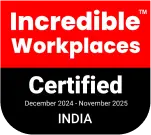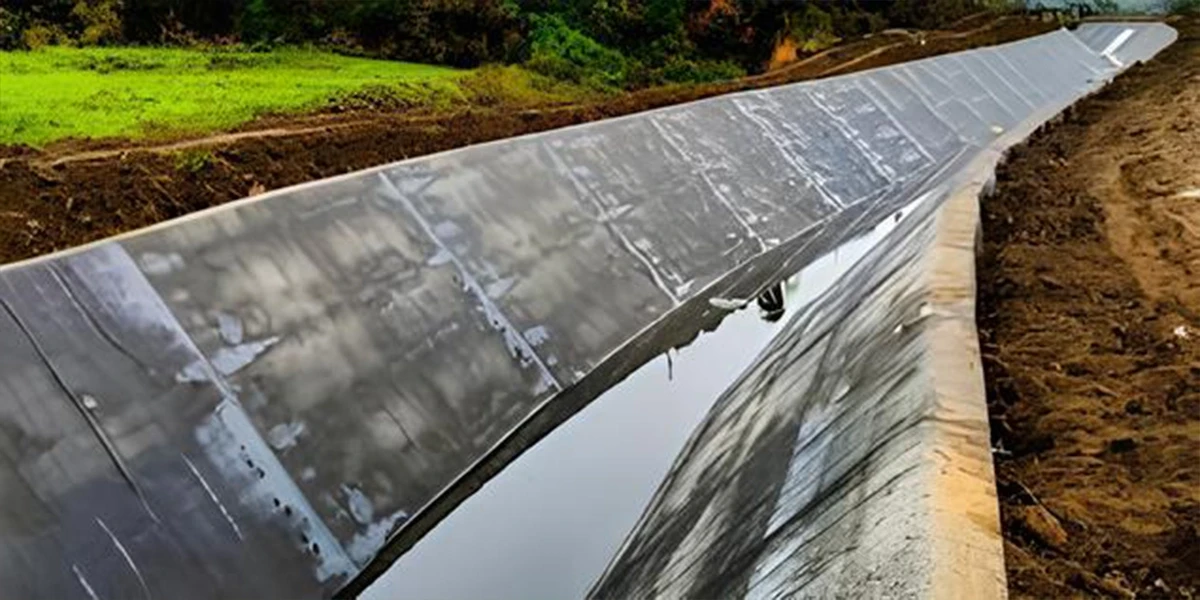

Effective irrigation is not an option but a necessity considering the fact that agriculture in a country such as India is one of the key elements both in livelihoods and food security. Water is a limited resource and has to be utilised responsibly. This is where canal lining comes to the rescue- it is a revolution in the fields of irrigation infrastructures.
Yooil Envirotech is a pioneer of providing cutting-edge water management service. What we have learned in the canal lining business is that lining is not only about creating canals, lining is about the future of sustainable agriculture.
However, before we get into the specifics, we should consider what exactly canal lining is, and why it is important.
Simply put, lining of canals is the practice of dressing a canal bed and sides with an impervious layer to eliminate seepage of the canal water. Just as insulating material prevents exhaustion of energy in a house, canal lining prevents water loss.
Whether it’s a small field canal or a major distributary canal lining ensures that water gets where it needs to go — on time and with minimal waste.
Now let us briefly consider the prime advantages of canal lining:
With the purpose of canal lining in mind, now we would see what kind of canal lining is frequently deployed in India, and what kind of materials make them.
Canal construction employs different types of canal lining which depends on the terrain, condition of soil, climate and budget. The most popular forms are as follows:
In India and in the global context, concrete is one of the most commonly used canal lining materials.
This is where Yooil Envirotech provides value—by incorporating advanced engineering techniques to make concrete linings more flexible, affordable, and crack-resistant.
Especially useful in hilly terrains or regions with high runoff, boulder lining in canal involves placing large stones or boulders along the bed and banks of the canal.
Our team at Yooil uses a hybrid approach by combining boulder lining with geotextile membranes to balance both strength and impermeability.
A traditional method still used in smaller irrigation channels or where budget constraints exist.
Yooil usually recommends this only for low-discharge field channels, and often upgrades these with waterproofing agents.
This involves using bitumen-based compounds to coat the canal surface.
We often use bituminous linings in temporary irrigation projects or areas where re-lining is expected within a few years.
This is the future of canal lining. High-density polyethylene (HDPE), polyvinyl chloride (PVC), and LDPE are being widely used due to their flexibility and impermeability.
At Yooil Envirotech, we specialize in installing geo-membrane linings reinforced with protective layers to extend their lifespan—ideal for both temporary and permanent canal systems.
Selecting the best canal lining material is not a one-size-fits-all decision. It depends on several factors:
That’s why at Yooil Envirotech, we take a consultative approach. We evaluate your irrigation needs, conduct site surveys, and recommend the most efficient and cost-effective canal lining solution—tailored just for your project.
What sets us apart? At Yooil, we don’t just follow the norm—we innovate.
Hybrid Canal Lining Systems – combining traditional materials like boulders with geotextiles and polymers for superior performance.
Sustainable Engineering – using environmentally friendly materials that reduce the carbon footprint.
Smart Water Monitoring – integrating IoT and remote sensors for real-time flow and seepage analysis.
Turnkey Solutions – from canal lining design to execution, we manage the complete lifecycle with precision.
Canal lining work is not just about infrastructure—it’s about impact. It's about ensuring that every drop of water counts, especially in a country where agriculture depends on every irrigation cycle.
Whether you're a government agency, private contractor, or an agricultural body looking to invest in water efficiency, Yooil Envirotech brings engineering, experience, and excellence to every canal lining project.
We believe in creating infrastructure that sustains—both people and the planet.
Interested in exploring canal lining solutions for your next project? Connect with Yooil Envirotech today for customised recommendations, free consultations, and reliable execution.
Let’s build better irrigation networks—one canal at a time.
